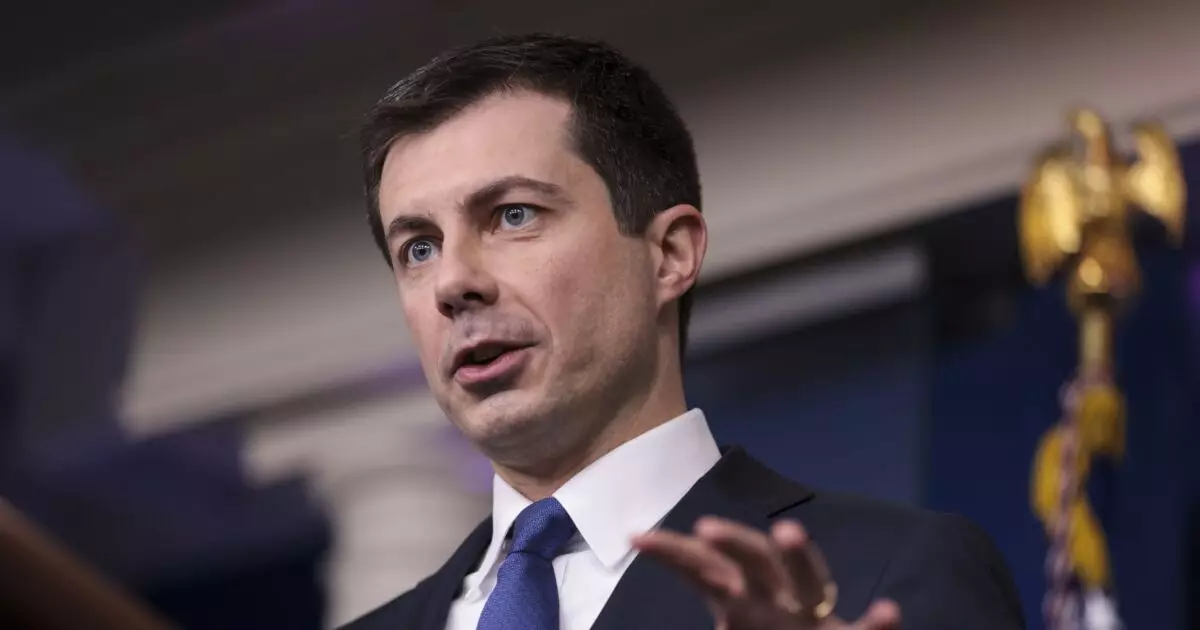As air travel continues to grow, the need for modernized and efficient airport infrastructure has never been greater. The U.S. Department of Transportation, through the Federal Aviation Administration (FAA), is responding to this challenge with a substantial investment of over $332 million in federal grants. This funding, which forms part of the Bipartisan Infrastructure Law (BIL), aims to tackle the long-standing issues faced by airports across the nation. The grants are strategically allocated to enhance airport functionality, safety, and accessibility, thereby ensuring that the traveling public can enjoy a superior experience.
Secretary of Transportation Pete Buttigieg describes this financial commitment as historic, emphasizing the critical nature of addressing a backlog of airport needs. With demands for air travel continually increasing, maintaining outdated airports poses risks not only to safety but also to operational efficiency. The allocation of funds through the Airport Infrastructure Grants program underscores the government’s dedication to improving air travel infrastructure. This initiative supports a wide range of projects, from planning and terminal expansions to sustainability efforts and advanced baggage systems.
The breadth of the investment is evidenced by the variety of airports receiving funds—from major international hubs to regional facilities. For instance, Phoenix Sky Harbor International Airport is set to receive $84.3 million for significant infrastructure improvements, including a new taxiway and bridge tailored to support an increase in aircraft operations. This upgrade is timely, given the airport’s upswing in passenger numbers and its recent announcement regarding new terminal construction.
In stark contrast, smaller airports like the Sitka Rocky Gutierrez Airport in Alaska are also beneficiaries, receiving $18.8 million to enhance their facilities to better accommodate passengers and improve operational efficiencies. Such a diverse allocation of funds highlights the strategic approach taken to modernize airports of all sizes, recognizing that each plays an essential role in the air travel ecosystem.
The safety of air travel is paramount; thus, many projects funded through these grants include safety enhancements and compliance upgrades. For example, Tallahassee International Airport is investing $6.7 million to construct new taxiways and compliance-related lighting systems, while Hector International Airport in North Dakota is using $3.9 million to expand its terminal and add additional gates—allowing for the accommodation of more passengers and enhancing overall safety.
Additionally, the emphasis on updating navigational aids—like the $2.6 million improvement at Telluride Regional Airport—further illustrates the federal government’s commitment to ensuring that operational standards align with current FAA regulations, thus prioritizing passenger safety during journeys.
Positive changes have already begun to take shape as part of previous funding allocations. For example, Jonesboro Municipal Airport in Arkansas recently finished a runway upgrade to accommodate a heavier class of aircraft, while Madisonville Regional Airport enhanced its lighting systems to facilitate safe operations during challenging visibility conditions. These projects are indicative of a shift toward a more robust and comprehensive airport infrastructure, benefitting communities and travelers alike.
The BIL has earmarked an impressive $25 billion over five years specifically for airport and air traffic control infrastructure improvements. This significant funding aims to address pressing needs while also promoting sustainability through environmentally conscious projects. As these improvements get underway, airports will not only become more efficient but also more capable of handling surges in air traffic, thus enhancing the overall travel experience for millions across the country.
As the U.S. government pushes forward with its investment in airport modernization, the impact will resonate for years to come. From bustling international airports to quiet regional landing strips, these upgrades promise to create a safer, more efficient travel environment by accommodating increasing demand and addressing maintenance backlogs. It is a transformative step towards ensuring that America’s skies are not just busy but also equipped with the infrastructure necessary to support modern air travel needs. The future of air travel in the United States looks promising, with these substantial federal grants laying the groundwork for a new era of efficiency and effectiveness in air travel logistics.

